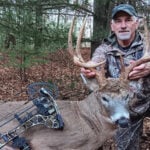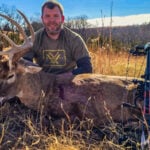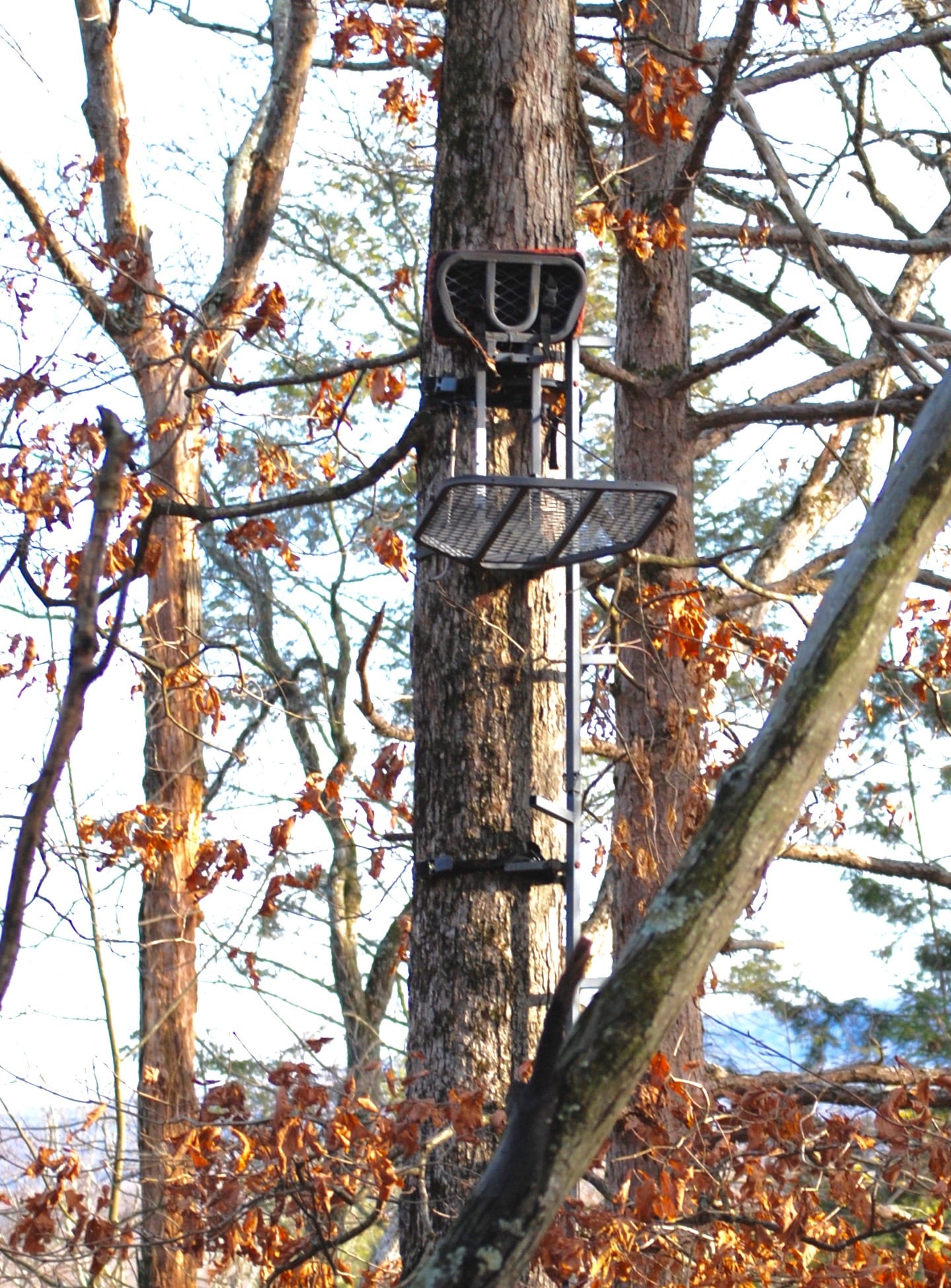
Your stand sits empty and alone most of the year. But that should not be the case during the rut.
As temperatures drop like leaves from a tree, whitetail activity is on the rise. The whitetail rut is coming – soon.
Over the past few days, some states across the country have finally received some chilly weather, forcing homeowners to turn on their heat and dig out those heavy jackets they haven’t worn in months – a prelude to change on the horizon.
At the same time, daylight hours are waning, leaves are tumbling to the ground, and animals of the autumn woodlot are experiencing even more drastic changes. Flocks of birds migrate to warmer climates, squirrels rummage to stockpile their winter food stores and deer are preparing for breeding season, known far and wide as the rut.
Any bowhunter worth his salt knows the whitetail rut can be one of the most exciting and effective times of the season to target cruising bucks as they lay down their guard in hot pursuit of prospective mates.
But the rut can be tricky, as there is no concrete schedule the deer follow, and patterning bucks during this time can be a daunting task. To succeed during the rut, or even more feasibly- the days immediately preceding the rut, hunters must first understand what goes on with the deer from a physiological perspective.
In late summer, bucks typically hang out in bachelor groups where they pal around, feed and rest. At this time, their velvet-covered antlers are still growing for the year. However, by September most bucks’ antlers begin to harden off, and they shed their velvet- a process they often help along by rubbing against branches and saplings.
Simultaneously, bucks are also experiencing an increased boost in testosterone, which begins subtly at first, but increases with the onset of fall and shorter photoperiods of daylight. Gradually, bachelor groups disband and bucks tend to become more reclusive.
As weeks pass, days shorten and temperatures drop, their bodies instinctively sense a sweeping change still to come. The doe that bucks ignored for several months now seem desirable and they begin to take an interest in them.
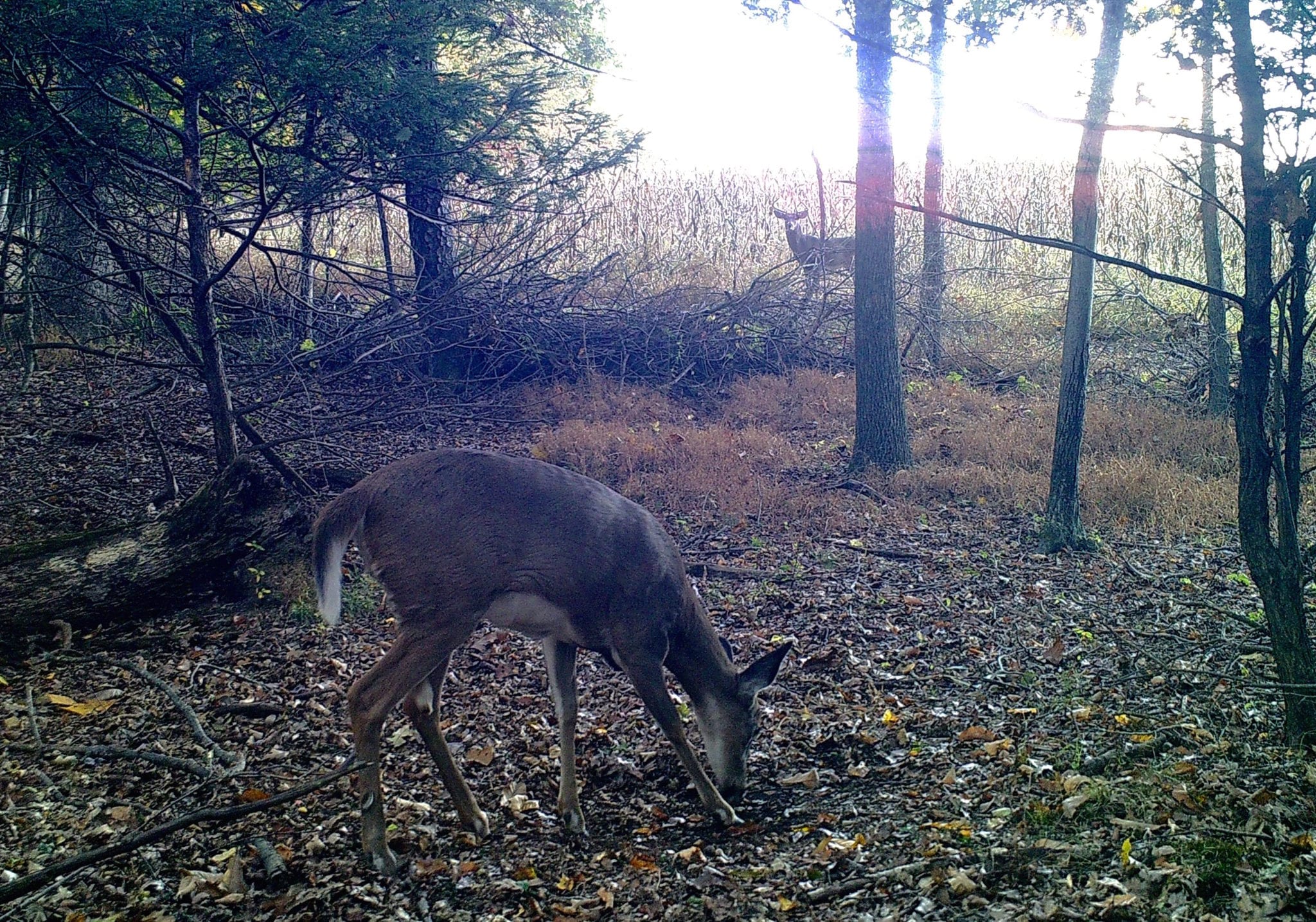
Things change quickly in the whitetail world when the rut comes on.
Does will eventually enter into their estrous cycle (come into heat), but often not quite as quickly as many bucks would hope. They deal with this mounting frustration by thrashing trees with their antlers, making scrapes in the dirt and urinating in them, leaving their calling cards- just incase some wandering lady might be interested.
They also become increasingly mobile and vocal, drifting from one trail to the next, seeking out doe groups, grunting, scent checking, and vying to run off competing bucks that might pose a challenge to their prospects.
In essence, they become intoxicated by their innate drive to procreate, even if the does are not yet ready.
This period is what many refer to as the “seek and chase” phase of the rut. It is the timeframe in which bucks are most vulnerable to hunters because they typically have just one thing on their minds, and they pay little attention to danger.
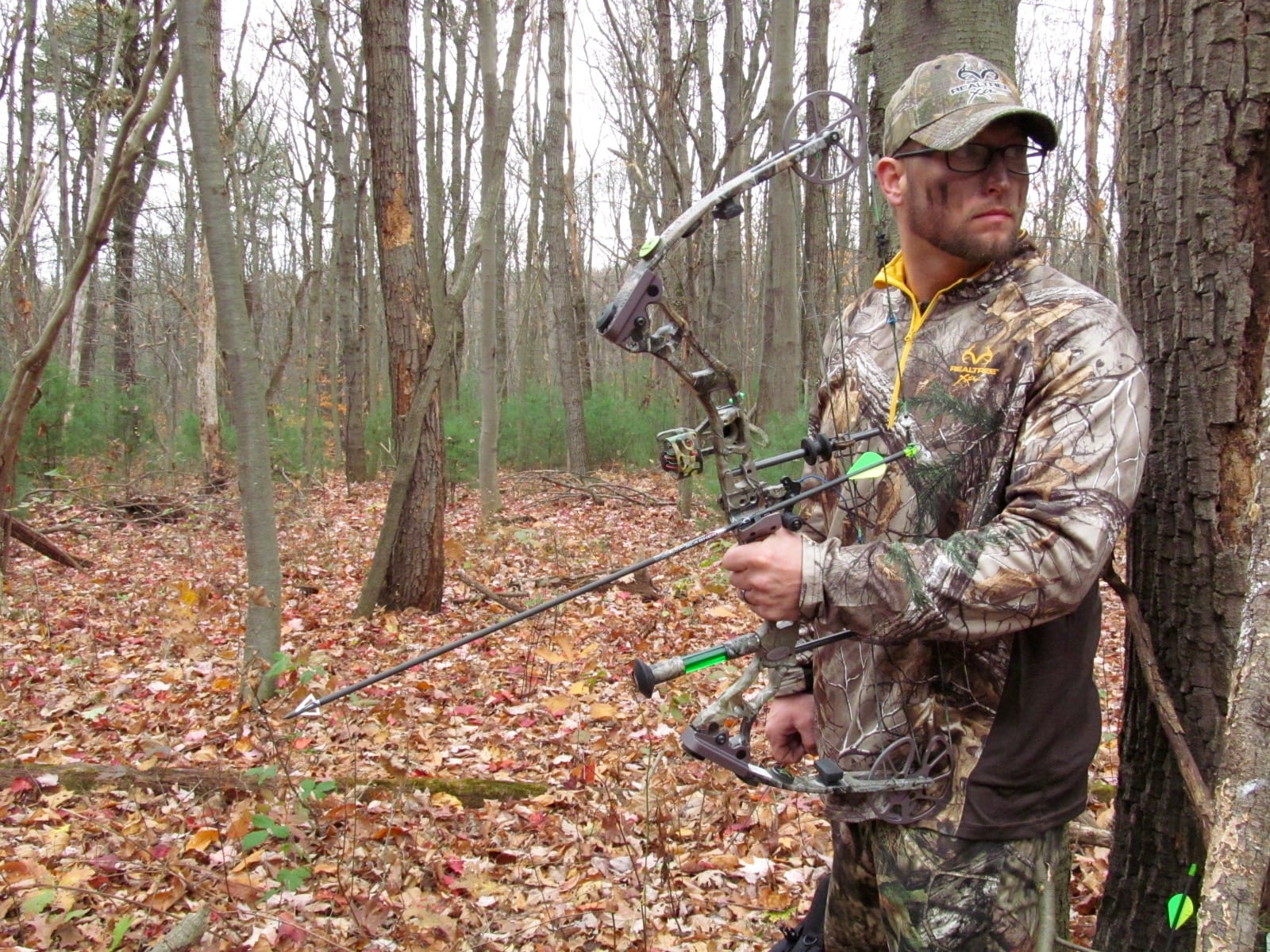
Taking up a stand in areas where bucks will be cruising for does is the name of the game when bucks begin the pursuit.
This is why vehicles in the Northeast and Midwestern states hit more deer during the few weeks in late October and early November than any other time of the year. Bucks are out actively seeking their mates and are not always fully aware of their surroundings.
The seek-and-chase phase is the perfect time to intercept a buck on the move. It is perhaps even better than the tending phase of the rut (when actual breeding takes place) because during that time, bucks will often lead a receptive doe to seclusion and will not travel much until after breeding is complete.
Hunters looking to capitalize on bucks’ decreased wariness and mounting susceptibility to being fooled can take advantage of this unique opportunity to gain the upper hand. All it takes is a little strategizing and the placement of a stand in the right position to outsmart a decent bruiser.
First, hunters should remember that bucks will be actively seeking does. That means they will be cruising properties, typically where they can quickly scent check the wind and continue on their travels. Set up downwind from established trails on benches, ridgelines or field edges that create a natural pinch point, and prepare for bucks to be moving through.
Use scouting cameras and aerial maps to determine these likely transition areas, coupled with previous on-the-ground knowledge of prime doe hotspots, and hang an interception stand accordingly.
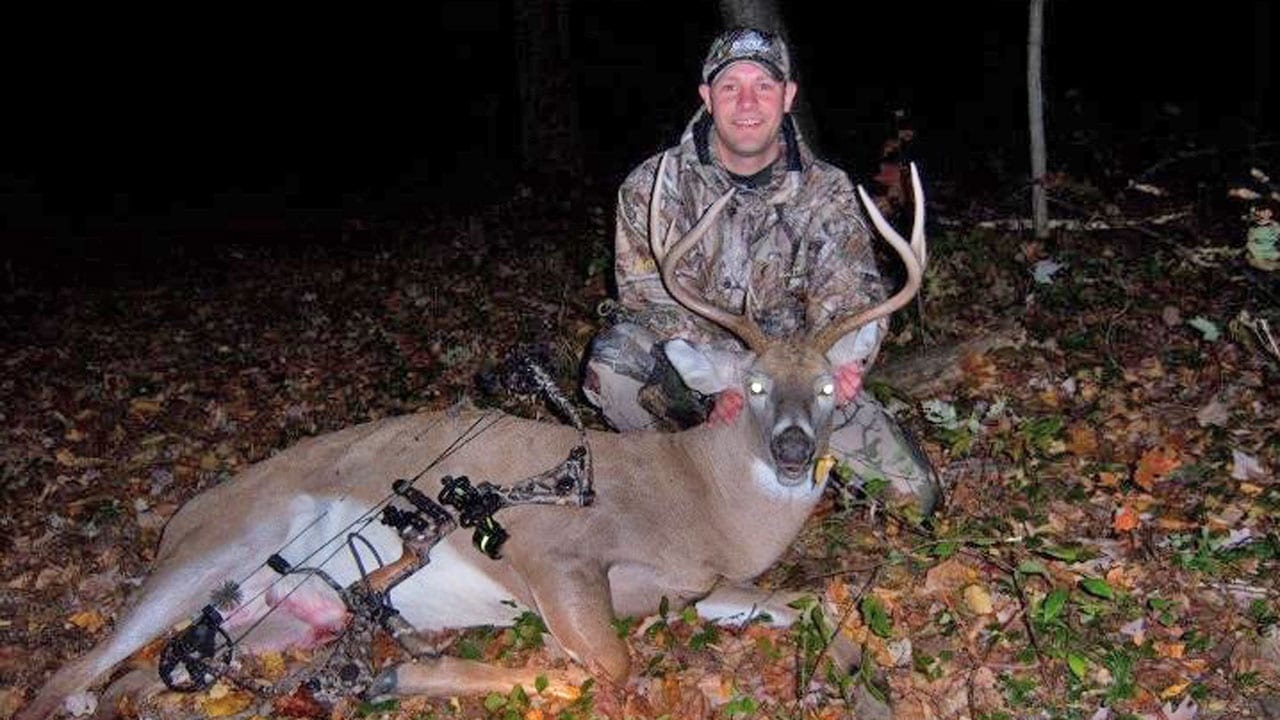
A better understanding of the whitetail rut will lead to more punched tags.
Utilize “doe in estrous” or urine-based attractant scents whenever possible. Consider dragging a scent-doused cloth or wick across a trail that passes your stand; then hang it just upwind of an open shooting lane. Bucks will approach from downwind and hopefully offer a close range shot.
Don’t be afraid to be a little vocal either. If you see a buck passing well out of range, try giving him a call or two on the grunt tube or bleat can. This may be all it takes to lull him into range. Rattling also can work on occasion, as can snort wheezes if dealing with dominant bucks. But with any calling don’t overdo it more than necessary.
The best advice for hunting the early rut is certain- a hunter’s odds improve dramatically when he is in the field versus staying home.
Weather changes, shifting food sources, and hunter pressure all affect whitetail movement, but none will completely stop the rut from taking place. Put your time in, rely on the most recent intel you can gather, make a plan and see it through.
Be present and stay alert. That buck of a lifetime could arrive at any moment. With temperatures dropping and the rut rapidly approaching, your chances of success are better now than ever before. You just might be rewarded for you efforts.




